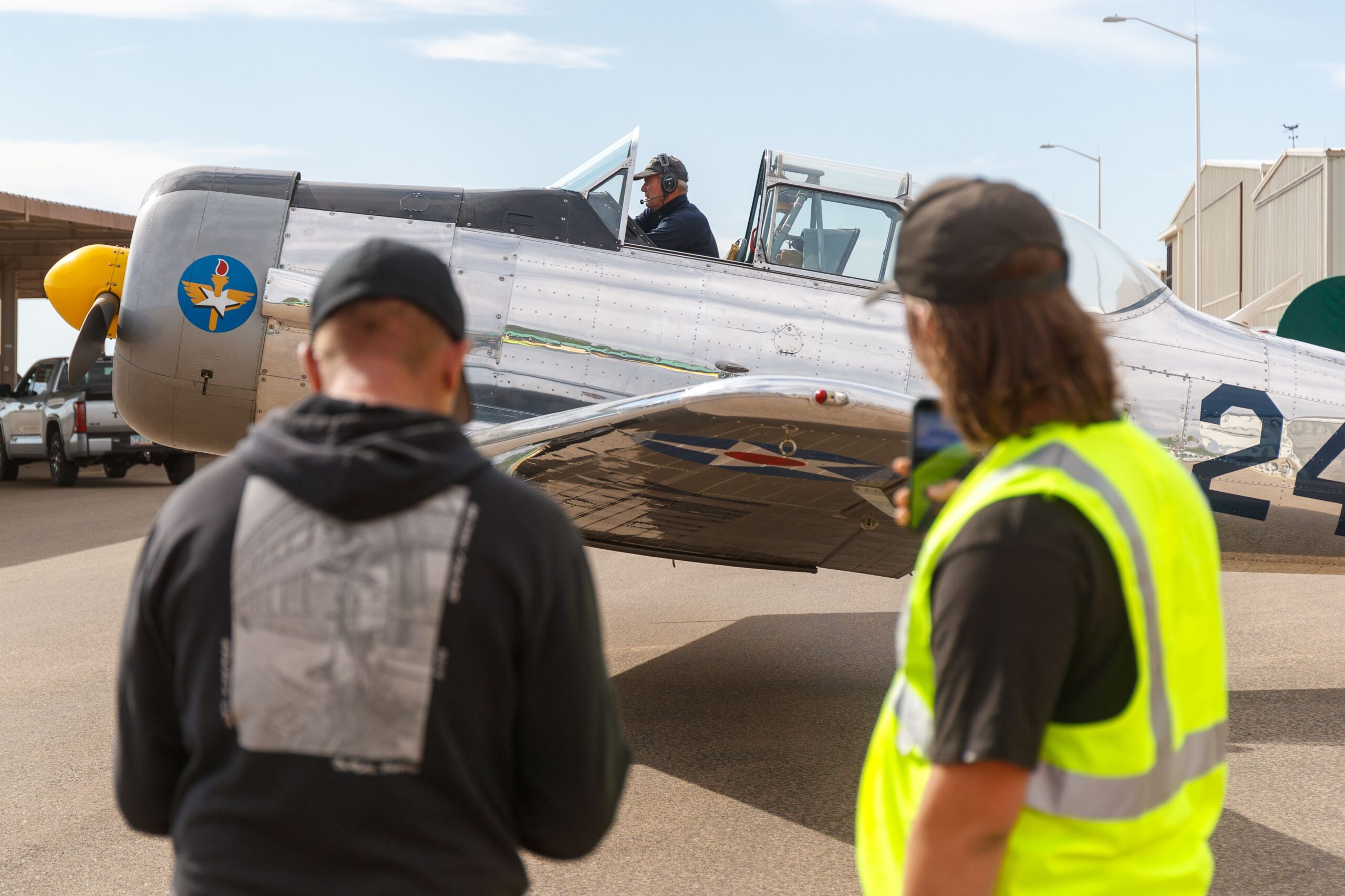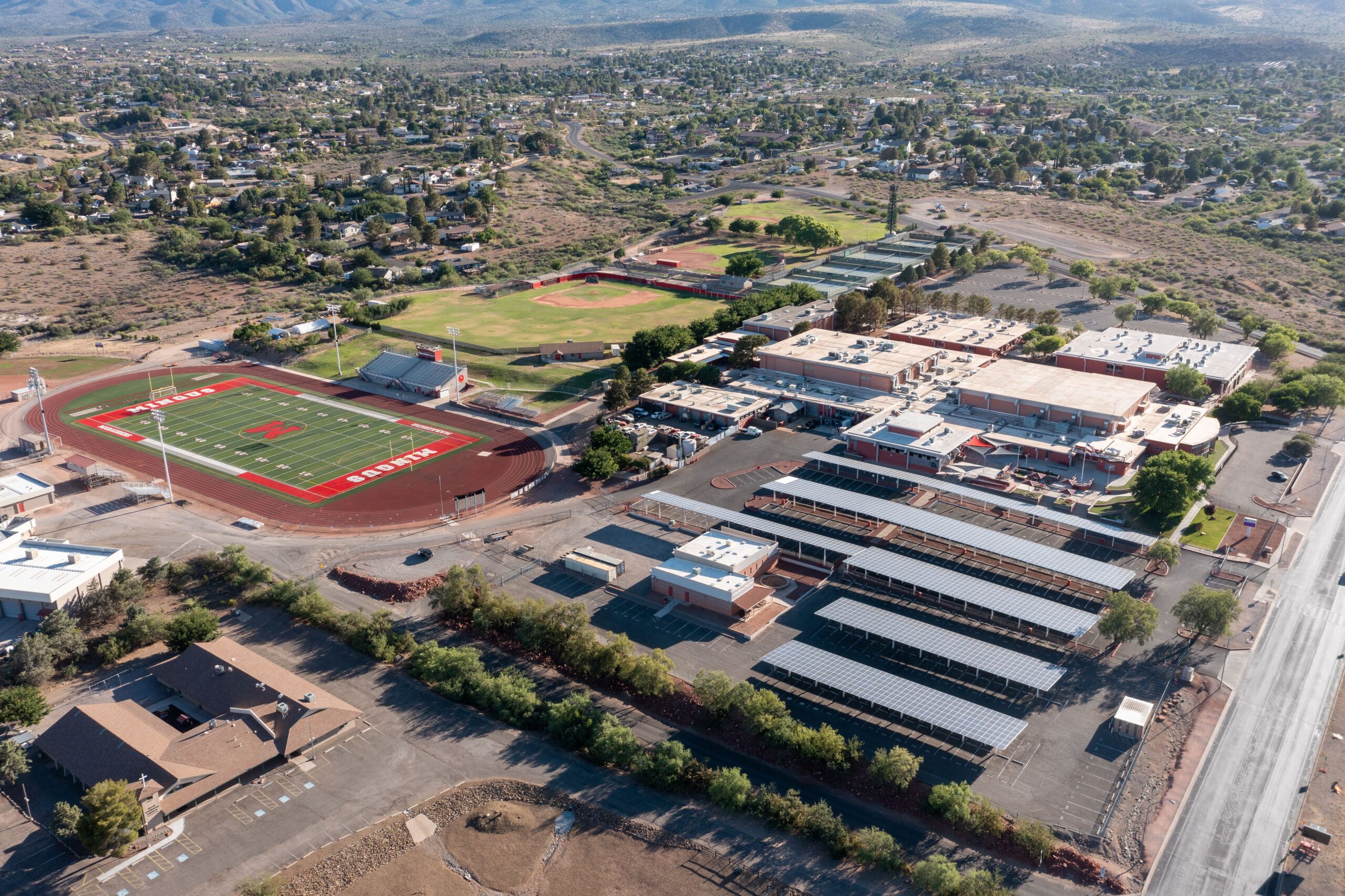For a military post, Fort Verde was only active for a handful of years. The 19th-century fort complex was built on its current location in what’s now downtown Camp Verde starting in 1871 after two other sites proved unsatisfactory.
The U.S. originally sent soldiers to the Verde Valley after increasing numbers of white settlers demanded protection from Indian raids from the local Yavapai and Apache populations.
The fort was abandoned by the last of the soldiers in the spring of 1891, but in those 20 years, several soldiers called this post on the frontier home for a little while.
Life at Fort Verde wasn’t always exactly the most exciting. As in any military, the days consisted of a lot of routine. Waking up at dawn, feeding the horses and perhaps going out on patrol, followed by the 8 a.m. formal inspections held every Sunday.
The soldiers’ numbers also included, however, quite a few officers who would go on from Fort Verde to eventually help transition the Army from a 19th-century organization into a more modern fighting force that served as the foundation for what the Army is today.
One of those was William Harding Carter, a Tennessee native and veteran of the Civil War where he had served as a horse messenger. Following the war, he graduated from the U.S. Military Academy in West Point, N.Y., as a second lieutenant and was sent off on his tour of military service in the American West. Carter was involved in engagements against the Cheyenne in Wyoming before eventually being posted at Fort McDowell in 1874. Soon after, Carter was assigned to the 5th U.S. Calvary and stationed at Fort Verde, where he remained until 1875, although he still remained a second lieutenant with the 6th U.S. Calvary.
At one point Carter was commanding a cavalry troop that had lost its previous commanding officer after being wounded in a fight with the Apaches at Sunset Pass.
It was during this time that Carter met then-Captain Adna Chaffee, a fellow officer with whom he immediately struck a friendship that would last for 40 yeas.
 Chaffee was involved that year in moving part of the cavalry from Fort Dodge, Kan., to Arizona, including a stop at Fort Verde. The trip from Kansas to Fort Verde took Chaffee’s men just over two months.
Chaffee was involved that year in moving part of the cavalry from Fort Dodge, Kan., to Arizona, including a stop at Fort Verde. The trip from Kansas to Fort Verde took Chaffee’s men just over two months.
Chaffee was another Civil War veteran who had seen action and even served a brief time as a prisoner of war. He had entered the war a private. By the time the war had ended, he had been brevetted captain.
Shortly after, the wounded officer from Sunset Pass returned to duty and Carter was assigned as adjutant and quartermaster. He would then be given the responsibility to take a wagon train of “prairie schooners” along one of the worst roads in the country to New Mexico.
Chaffee remained in Arizona, leading engagements against the Native Americans for the next several years.
Eventually in 1882, Chaffee led troops from Fort Verde, Fort Whipple, Fort McDowell, Fort Thomas and Fort Apache against an Apache chief described in contemporary accounts as “renegade” following an attack that left the San Carlos Chief of Police and three of his men dead, burning and slashing farms and ranches on their retreat to the Tonto Basin.
Raids from different bands of Native Americans continued for a while, but most of the American Indians in the Verde Valley had been rounded up and sent to the military reservation in San Carlos some years earlier.
The need for posts like Fort Verde died out; by the time the Yavapai and Apache were allowed to return home, they found the Verde Valley was a very different place than the home they had left because of years of settlement and land claims.
As for Carter, he continued the Army’s campaign against Native Americans for several years, earning a Medal of Honor for saving fellow soldiers under heavy fire in a battle in 1881.
He rose through the ranks and was a key player in the reorganization of the Army’s command structure.
Carter also played a role in replacing the state militia system with the National Guard. He died in 1925 after having obtained the rank of major general; today he lies buried in Arlington National Cemetery in Virgina.
Chaffee went on to fight several more battles around the globe, from Cuba to China to the Philippines, and was eventually made chief of staff of the U.S. Army, where he was responsible for massive overhaul of Army policy and doctrine. He died in 1914 as a lieutenant general and today also lies in the ground at Arlington. His son also went on to become a general, and is credited with the development of American mechanized warfare.
These are just two of the stories of men whose paths crossed once upon a time at Fort Verde, here in the middle of Arizona, as Fort Verde State Historic Park works to preserve the memory for future generations, so that they can learn about this small window of history that shaped the West.


